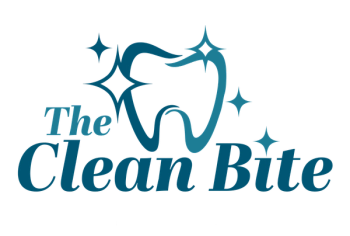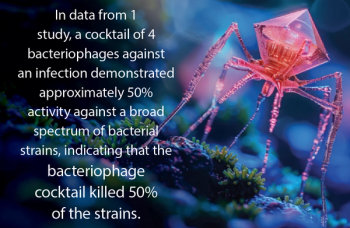
Study Finds Traditional Hand Hygiene Audits Overstate Performance Overall
Following training and validation with a hospital hand hygiene auditor, two students covertly measured hand hygiene during clinical rotations. Students rotated off clinical services every week to increase exposure to different providers and minimize risk of exposing the covert observation. The researchers compared covertly measured hand hygiene compliance with data from overt observation by hospital auditors during the same time period.
Kovacs-Litman, et al. (2016) discovered that covert observation produced much lower hand hygiene compliance than recorded by hospital auditors during the same time period: 50.0% (799/1597) versus 83.7% (2769/3309) (P < 0.0002). The difference in physician compliance between hospital auditors and covert observers was 19.0% (73.2% vs 54.2%); for nurses this difference was much higher at 40.7% (85.8% vs 45.1%) (P < 0.0001). Physician trainees showed markedly better compliance when attending staff cleaned their hands compared with encounters when attending did not (79.5% vs 18.9%; P < 0.0002).
The authors say their study suggests that traditional hand hygiene audits not only overstate hand hygiene performance overall, but can lead to inaccurate inferences about performance by professional groupings due to relative differences in the Hawthorne effect. They suggest that future improvement efforts will rely on more accurate hand hygiene monitoring systems and strong attending physician leadership to set an example for trainees.
Reference: Kovacs-Litman A, Wong K, Shojania KG, Callery S, Vearncombe M and Leis JA. Do physicians clean their hands? Insights from a covert observational study. Journal of Hospital Medicine. July 5, 2016.
Newsletter
Stay prepared and protected with Infection Control Today's newsletter, delivering essential updates, best practices, and expert insights for infection preventionists.






